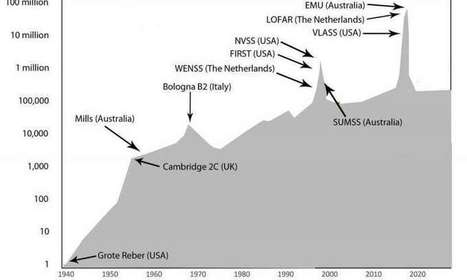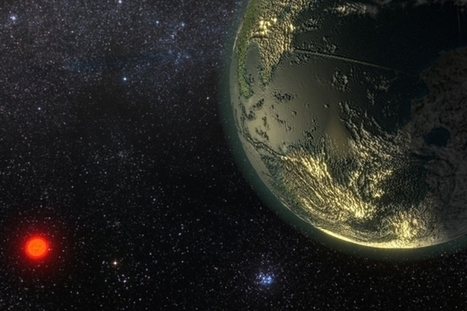The biggest amount of data ever gathered and processed passing through the UK, for scientists and SMBs to slice, dice, and turn into innovations and insights. When Big Data becomes Super-Massive Data.
Eventually there will be two SKA telescopes. The first, consisting of 130,000 2m dipole low-frequency antennae, is being built in the Shire of Murchison, a remote region about 800km north of Perth, Australia – an area the size of the Netherlands, but with a population of less than 100 people. Construction kicks off in 2018.
By Phase 2, said Diamond, the SKA will consist of half-a-million low and mid-frequency antennae, with arrays spread right across southern Africa as well as Australia, stretching all the way from South Africa to Ghana and Kenya – a multibillion-euro project on an engineering scale similar to the Large Hadron Collider. Which brings us to that supermassive data challenge for what, ultimately, will be an ICT-driven science facility. Diamond says: "The antennae will generate enormous volumes of data: even by the mid-2020s, Phase 1 of the project will be looking at 5,000 petabytes – five exabytes – a day of raw data. This will go to huge banks of digital signal processors, which we’re in the process of designing, and then into high-performance computers, and into an archive for scientists worldwide to access."
Our archive growth rate will be somewhere will be somewhere between 300 and 500 petabytes a year – science-quality data coming out of the supercomputer.
Using the most common element in the universe, neutral hydrogen, as a tracer, the SKA will be able to follow the trail all the way back to the cosmic dawn, a few hundred thousand years after the Big Bang. But over billions of years (a beam of light travelling at 671 million miles an hour would take 46.5 billion years to reach the edge of the observable universe) the wavelength of those ancient hydrogen signatures becomes stretched via the doppler effect, until it falls into the same range as the radiation emitted by mobile phones, aircraft, FM radio, and digital TV. This is why the SKA arrays are being built in remote, sparsely populated regions, says Diamond:
"The aim is to get away from people. It’s not because we’re antisocial – although some of my colleagues probably are a little! – but we need to get away from radio interference, phones, microwaves, and so on, which are like shining a torch in the business end of an optical telescope."
Eventually there will be two SKA telescopes. The first, consisting of 130,000 2m dipole low-frequency antennae, is being built in the Shire of Murchison, a remote region about 800km north of Perth, Australia – an area the size of the Netherlands, but with a population of less than 100 people. Construction kicks off in 2018.
By Phase 2, said Diamond, the SKA will consist of half-a-million low and mid-frequency antennae, with arrays spread right across southern Africa as well as Australia, stretching all the way from South Africa to Ghana and Kenya – a multibillion-euro project on an engineering scale similar to the Large Hadron Collider.



 Your new post is loading...
Your new post is loading...









